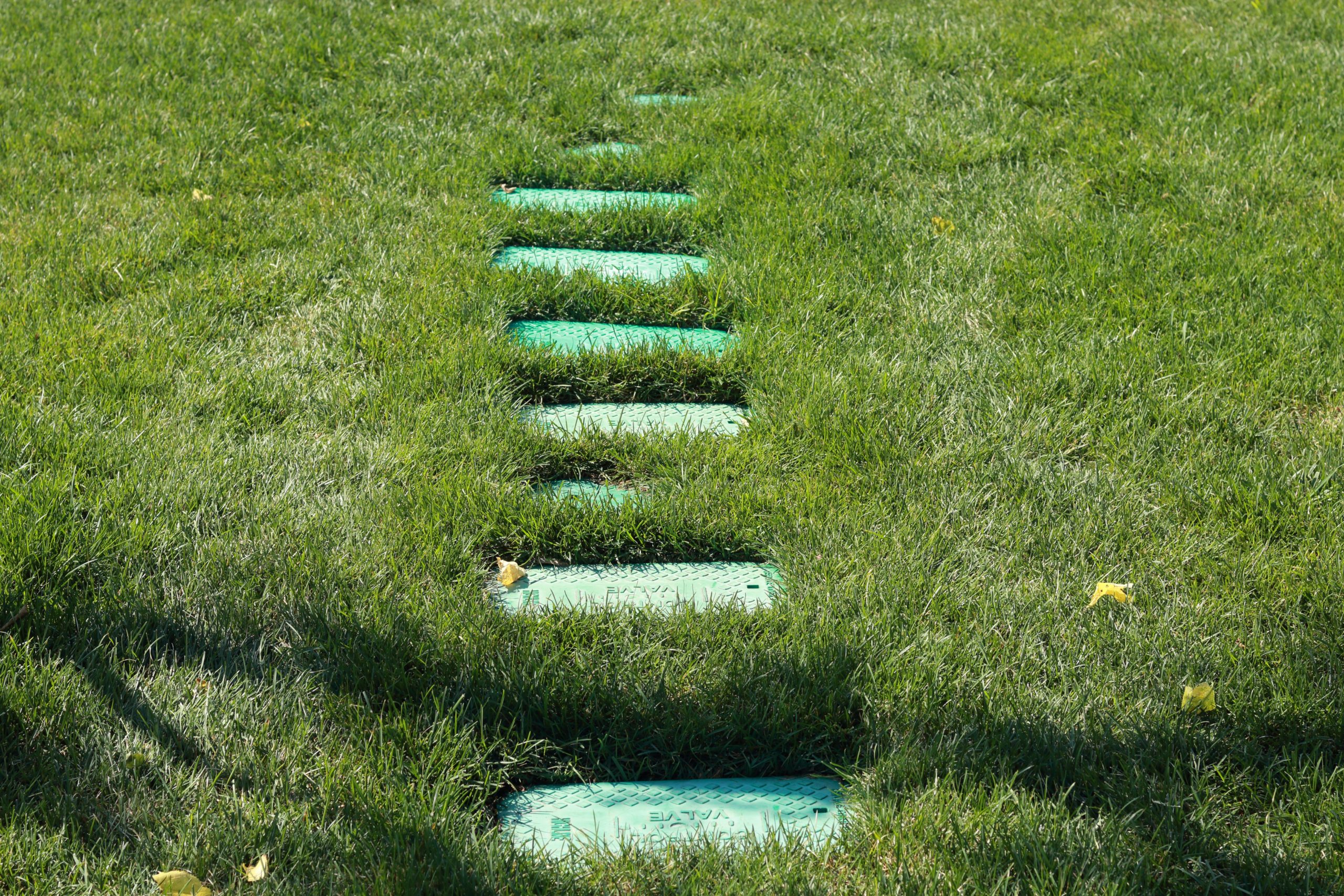Women may not be more risk averse than men in investing, but when I discuss taking a big step in career or personal life, there tends to be a near-instantaneous negative reaction.
Big personal and career moves (with large financial outcomes), are viewed mostly from a framework of unlikely gain and almost assured loss, akin to the lottery. Meanwhile, gradual, career and personal moves are the fallback, with the idea that over time, there will be moderate, but steady returns, akin to an index fund.
The fallacy of this approach is that preserving what you have currently is not the key to big personal or professional growth over time.
To understand that fallacy, we need to understand the difference between putting your money in the lottery versus an index fund. The question of risk with investing relates to how much you are willing to lose as a trade-off to how much you are willing to gain. Two scenarios illustrate this concept:
- The lottery: With the lottery, your tradeoff is a very high likelihood of losing your money, and a low low likelihood of receiving a large return. In this scenario, your gain could be huge, but is very unlikely, while the near-inevitable loss is small. The approach is focused on the tiniest opportunity of astronomical gain, in the face of almost assuredly losing your tiny investment in the near-term.
- Index fund: With an index you have a low likelihood of losing your money, since the goal of the index fund is simply to index to or track the stock market, and a high likelihood of receiving a good return over several years, doubling every 7 years, if a 10% rate of return. In this scenario, your gain is moderate, but very likely, while the loss is very likely nothing. The approach is focused on preserving all of the initial capital, with the assurance of a steady return long-term.
The reason the wealthy prioritize tried and true investment approaches, such as index funds, is they want to preserve their initial capital investment, while seeing a steady return. More aggressive investments or off-set by other income streams. Women who invest follow the slow and steady model, and research proves their portfolios do extremely well.
While this approach is great for investing, it may not be as great for your personal life and career, because preservation of your initial “investment” isn’t the goal. Adaptation and growth is. In both personal and professional settings, you are either growing, or surviving, but you cannot preserve. If you think you are preserving something, what you actually are doing is placing yourself in the survival paradigm.
The reason we can’t “preserve” in our lives, is because change is occurring all around us. Change and flux impacts us: graduations, job loss, inflation, break-ups, engagements, new boss, new family focus, death, pandemic, shut-downs, conflicting parenting advice, new team focus, changing industry standards, new tools, traditional vs. social marketing. The big areas around us are constantly changing, and control is ultimately an illusion. All we can do is adapt and grow in response to change.
William Bridges explained in his famous transition model that change is external, and happens to us, while transition is internal and how you respond to change. Since we are naturally loss-averse creatures, it takes a certain boldness to decide to take big personal and professional steps, particularly those with large financial outcomes, all while change is occurring around us. The question of risk in personal and professional context is about how we choose to grow internally (“transition”).
Change happens despite our best efforts to keep it at bay. In 2014, I wanted to take a new job, but decided to stay where I was, because I unexpectedly fell pregnant with our third child. I decided I wouldn’t get a new job while pregnant, because of the lack of job security. In the United States, the Family and Medical Leave Act only protects extended time away from work, if you have been at a company for 12 months, and I was anxious not to be unemployed with a newborn and two toddlers. Not long after, I had a chance to see the company orders forecast, and I commented to my husband we were sure to have a lay-off by the end of the year. A month later, that lay-off occurred, and so mid-pregnancy, I was out looking for work, the very thing I had sought to avoid.
I ended up starting a new position just 6 weeks before I gave birth. I could hardly have asked for a better work environment. I was blessed with better pay, better hours, and better culture. I could have, of course, decided to take a year off. I’m sure no one would have faulted me, but instead, I successfully transitioned to something wholly different, with excellent outcomes.
This isn’t to say risk and loss don’t attend all our big decisions. Rather, this lets us take a moment to focus less on loss, and more on gain, specifically the type of gain that gives us the growth and success we crave. Shifting away from preserving what we have, and focusing primarily on what we will gain places us in a model completely different from the lottery vs. index fund model. Instead, our focus is about internal growth (transition) that we choose in the context of change.
Photo by Amie Bell

